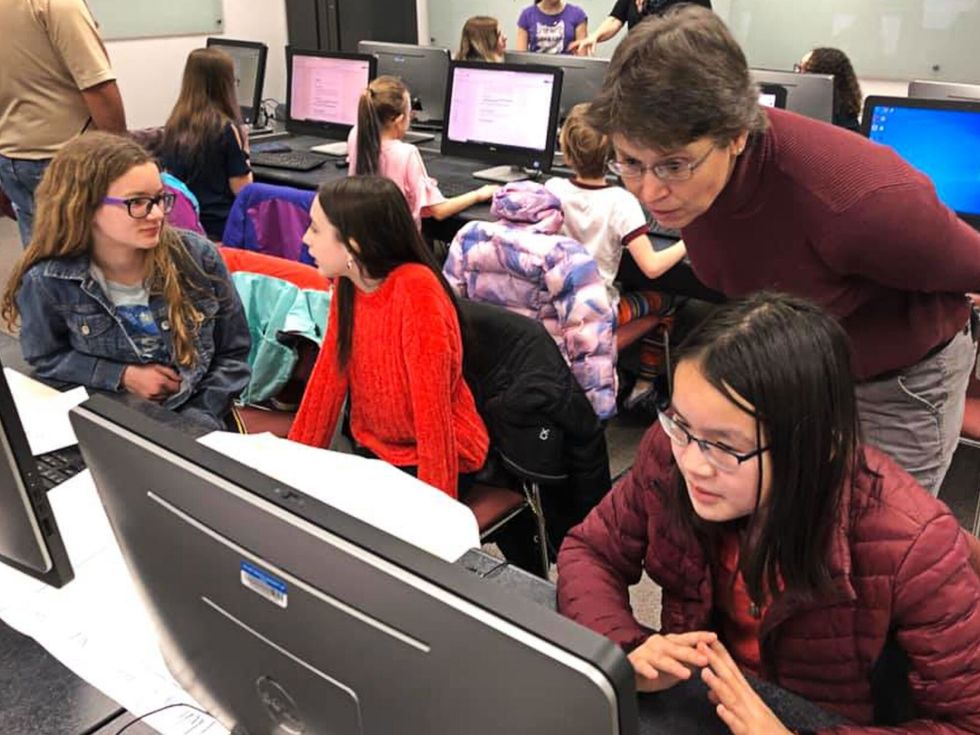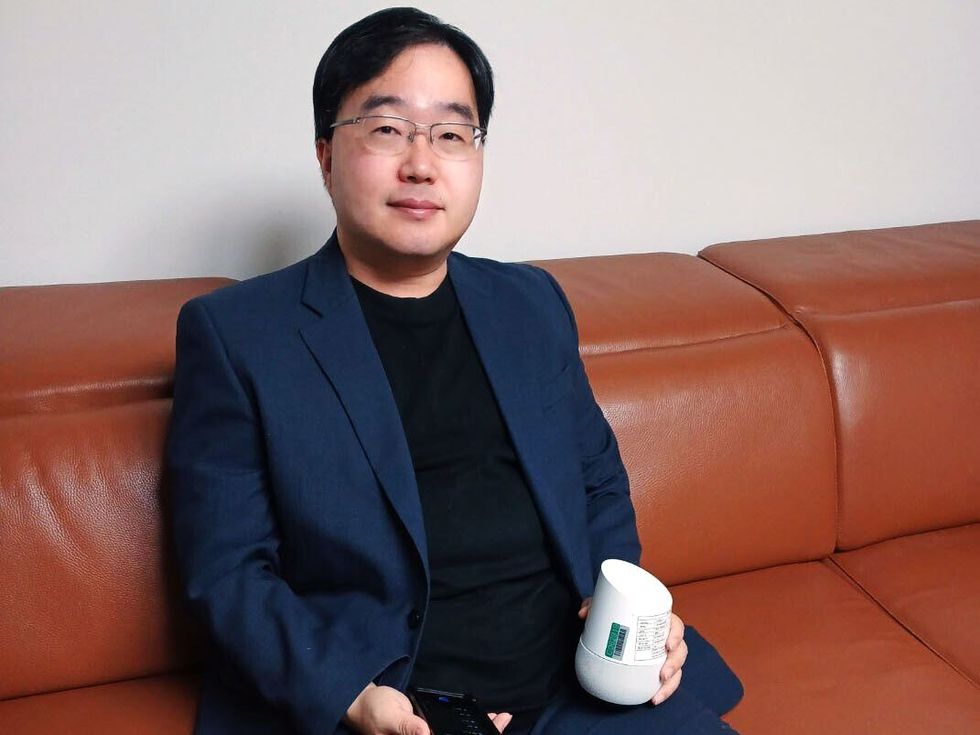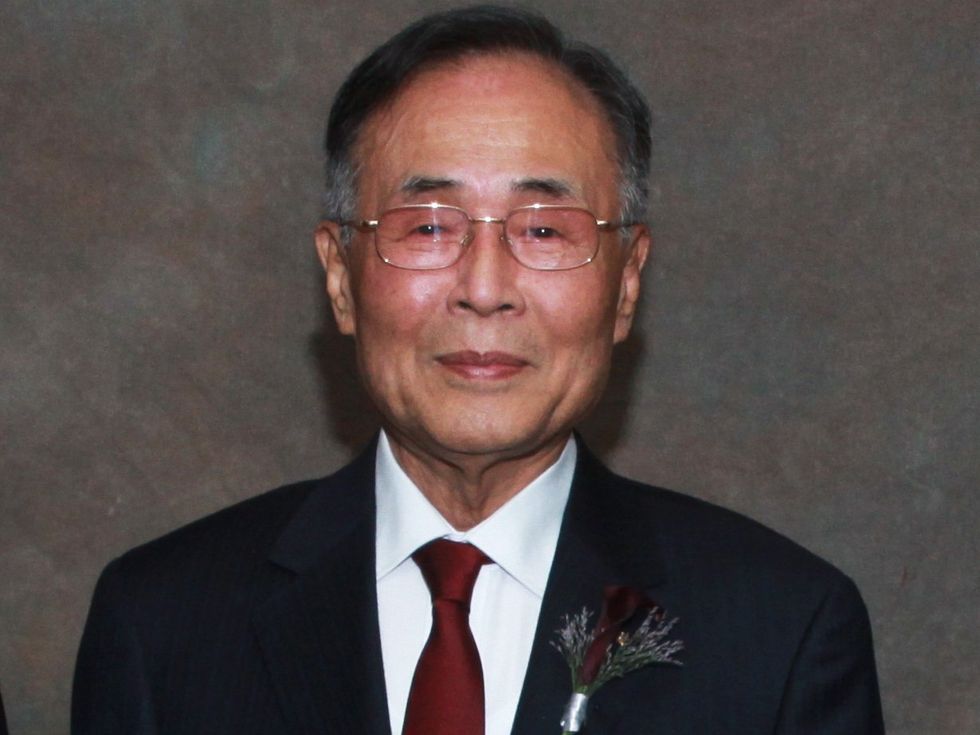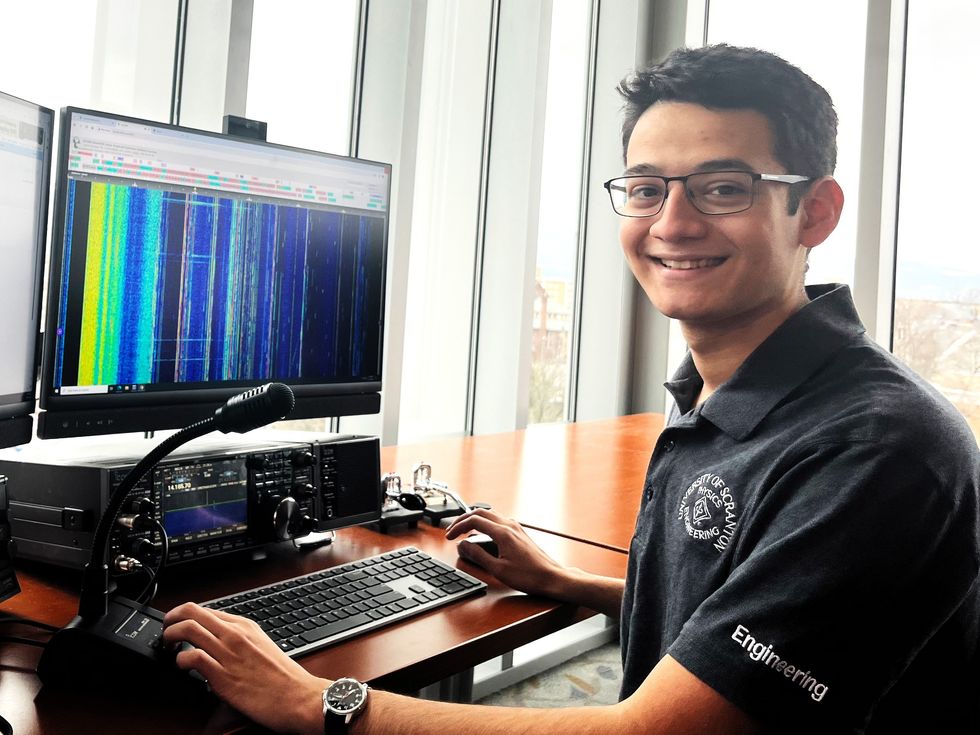Trailblazing Tech Leader Helps Shape U.S. AI Strategy
In the two years since Arati Prabhakar was appointed director of the White House Office of Science and Technology Policy, she has set the United States on a course toward regulating artificial intelligence. The IEEE Fellow advised the U.S. President Joe Biden in writing the executive order he issued to accomplish the goal just six months after she began her new role in 2022.
Prabhakar is the first woman and the first person of color to serve as OSTP director, and she has broken through the glass ceiling at other agencies as well. She was the first woman to lead the National Institute of Standards and Technology (NIST) and the Defense Advanced Research Projects Agency.
Arati Prabhakar
Employer
U.S. government
Title
Director of the White House Office of Science and Technology Policy
Member grade
Fellow
Alma maters
Texas Tech University; Caltech
Working in the public sector wasn’t initially on her radar. Not until she became a DARPA program manager in 1986, she says, did she really understand what she could accomplish as a government official.
“What I have come to love about [public service] is the opportunity to shape policies at a scale that is really unparalleled,” she says.
Prabhakar’s passion for tackling societal challenges by developing technology also led her to take leadership positions at companies including Raychem (now part of TE Connectivity), Interval Research Corp., and U.S. Venture Partners. In 2019 she helped found Actuate, a nonprofit in Palo Alto, Calif., that seeks to create technology to help address climate change, data privacy, health care access, and other pressing issues.
“I really treasure having seen science, technology, and innovation from all different perspectives,” she says. “But the part I have loved most is public service because of the impact and reach that it can have.”
Discovering her passion for electrical engineering
Prabhakar, who was born in India and raised in Texas, says she decided to pursue a STEM career because when she was growing up, her classmates said women weren’t supposed to work in science, technology, engineering or mathematics.
“Them saying that just made me want to pursue it more,” she says. Her parents, who had wanted her to become a doctor, supported her pursuit of engineering, she adds.
After earning a bachelor’s degree in electrical engineering in 1979 from Texas Tech University, in Lubbock, she moved to California to continue her education at Caltech. She graduated with a master’s degree in EE in 1980, then earned a doctorate in applied physics in 1984. Her doctoral thesis focused on understanding deep-level defects and impurities in semiconductors that affect device performance.
After acquiring her Ph.D., she says, she wanted to make a bigger impact with her research than academia would allow, so she applied for a policy fellowship from the American Association for the Advancement of Science to work at the congressional Office of Technology Assessment. The office examines issues involving new or expanding technologies, assesses their impact, and studies whether new policies are warranted.
“We have huge aspirations for the future—such as mitigating climate change—that science and technology have to be part of achieving.”
“I wanted to share my research in semiconductor manufacturing processes with others,” Prabhakar says. “That’s what felt exciting and valuable to me.”
She was accepted into the program and moved to Washington, D.C. During the yearlong fellowship, she conducted a study on microelectronics R&D for the research and technology subcommittee of the U.S. House of Representatives committee on science, space, and technology. The subcommittee oversees STEM-related matters including education, policy, and standards.
While there, she worked with people who were passionate about public service and government, but she didn’t feel the same, she says, until she joined DARPA. As program manager, Prabhakar established and led several projects including a microelectronics office that invests in developing new technologies in areas such as lithography, optoelectronics, infrared imaging, and neural networks.
In 1993 an opportunity arose that she couldn’t refuse, she says: President Bill Clinton nominated her to direct the National Institute of Standards and Technology. NIST develops technical guidelines and conducts research to create tools that improve citizens’ quality of life. At age 34, she became the first woman to lead the agency.
Believing in IEEE’s Mission
Like many IEEE members, Prabhakar says, she joined IEEE as a student member while attending Texas Tech University because the organization’s mission aligned with her belief that engineering is about creating value in the world.
She continues to renew her membership, she says, because IEEE emphasizes that technology should benefit humanity.
“It really comes back to this idea of the purpose of engineering and the role that it plays in the world,” she says.
After leading NIST through the first Clinton administration, she left for the private sector, including stints as CTO at appliance-component maker Raychem in Menlo Park, Calif., and president of private R&D lab Interval Research of Palo Alto, Calif. In all, she spent the next 14 years in the private sector, mostly as a partner at U.S. Venture Partners, in Menlo Park, where she invested in semiconductor and clean-tech startups.
In 2012 she returned to DARPA and became its first female director.
“When I received the call offering me the job, I stopped breathing,” Prabhakar says. “It was a once-in-a-lifetime opportunity to make a difference at an agency that I had loved earlier in my career. And it proved to be just as meaningful an experience as I had hoped.”
For the next five years she led the agency, focusing on developing better military systems and the next generation of artificial intelligence, as well as creating solutions in social science, synthetic biology, and neurotechnology.
Under her leadership, in 2014 DARPA established the Biological Technologies Office to oversee basic and applied research in areas including gene editing, neurosciences, and synthetic biology. The office launched the Pandemic Prevention Platform, which helped fund the development of the mRNA technology that is used in the Moderna and Pfizer coronavirus vaccines.
She left the agency in 2017 to move back to California with her family.
“When I left the organization, what was very much on my mind was that the United States has the most powerful innovation engine the world has ever seen,” Prabhakar says. “At the same time, what kept tugging at me was that we have huge aspirations for the future—such as mitigating climate change—that science and technology have to be part of achieving.”
That’s why, in 2019, she helped found Actuate. She served as the nonprofit’s chief executive until 2022, when she took on the role of OSTP director.
Although she didn’t choose her career path because it was her passion, she says, she came to realize that she loves the role that engineering, science, and technology play in the world because of their “power to change how the future unfolds.”
Leading AI regulation worldwide
When Biden asked if Prabhakar would take the OSTP job, she didn’t think twice, she says. “When do you need me to move in?” she says she told him.
“I was so excited to work for the president because he sees science and technology as a necessary part of creating a bright future for the country,” Prabhakar says.
A month after she took office, the generative AI program ChatGPT launched and became a hot topic.
“AI was already being used in different areas, but all of a sudden it became visible to everyone in a way that it really hadn’t been before,” she says.
Regulating AI became a priority for the Biden administration because of the technology’s breadth and power, she says, as well as the rapid pace at which it’s being developed.
Prabhakar led the creation of Biden’s Executive Order on the Safe, Secure, and Trustworthy Development and Use of Artificial Intelligence. Signed on 30 October 2022, the order outlines goals such as protecting consumers and their privacy from AI systems, developing watermarking systems for AI-generated content, and warding off intellectual property theft stemming from the use of generative models.
“The executive order is possibly the most important accomplishment in relation to AI,” Prabhakar says. “It’s a tool that mobilizes the [U.S. government’s] executive branch and recognizes that such systems have safety and security risks, but [it] also enables immense opportunity. The order has put the branches of government on a very constructive path toward regulation.”
Meanwhile, the United States spearheaded a U.N. resolution to make regulating AI an international priority. The United Nations adopted the measure this past March. In addition to defining regulations, it seeks to use AI to advance progress on the U.N.’s sustainable development goals.
“There’s much more to be done,” Prabhakar says, “but I’m really happy to see what the president has been able to accomplish, and really proud that I got to help with that.”























